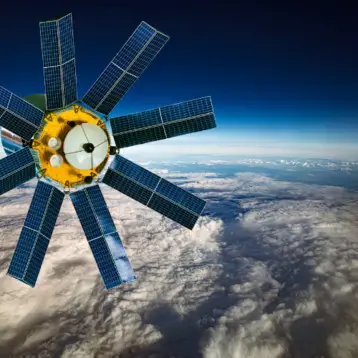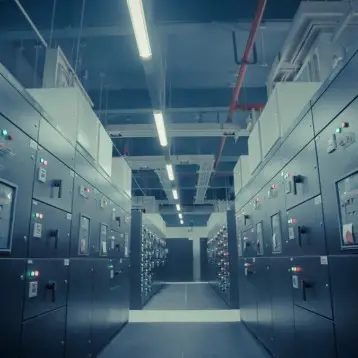|
Current high speed memories, such as Dynamic Static Random Access Memory (DRAM) and Static Random Access Memory (SRAM), have one critical drawback- they require constant power in order to retain memories. Using a magnetic memory chip known as Magnetic Random Access Memory (MRAM), information can be stored in the form of magnetization of a magnetic cell even when no power is maintained.
The newest generation of MRAM employs the spin-torque effect for programming the magnetic bits. By using a current pulse, the spin-torque can be controlled and the memory state of the cell can be programmed. To obtain a digital state ‘0’, a positive current is applied and the magnetization is set to a particular direction. A negative current, on the other hand, is applied to reverse the direction of magnetization, creating a digital state of ‘1’. The application of spin torque in MRAM leads the way for a higher storage density compared to DRAM and Flash.
In a conventional spin-torque system, the current pulse creates a rotation of magnetization of the memory cell, which is also termed ‘precession.’ Usually, several precessional turns are made during magnetization to ensure reliable reversal. Therefore, spin torque MRAMs currently in production must operate with rather long write pulses of about 10 nanoseconds. This limits the MRAM clock speed.
Experiments carried out at PTB Braunschweig, led scientists to the discovery that a single precessional turn is sufficient for spin torque magnetization reversal. This type of ‘ballistic’ spin torque reversal relates to the particularly quick physical time limit of spin torque magnetization reversal. The achievement was made using specifically tailored current pulse parameters in combination with a small magnetic bias field.
By using the ballistic spin torque reversal, potential MRAMs could be programmed by current pulses quicker than 1 nanosecond and subsequently, achieving write clock rates well above 1 GHz. Thus, high-density and non-volatile memory executing at the clock rates of the fastest volatile memories were enabled.
TFOT previously covered advanced MRAM technology developed by Freescale Semiconductor in 2006. You can also check out our article onLaser Hard Drives on the Horizon, about researchers who succeeded in flipping the value of a magnetic memory bit without any external magnetic field interference.
Additional information on the new MRAM research can be obtained on the PTB Braunschweig website.











